What To Track In Garden Journal
In this article, I'll start with a roundup of some of the best options available – and a few DIY alternatives.
Then I'll tell you how I use my journal through the seasons, and what to look for when you're choosing one for yourself. Here's what I'll cover:
While I use my journal primarily for documenting the progress of my edible annuals and orchard crops, it can be used to keep track of all sorts of plants, such as ornamental perennials, bulbs, shrubs, trees, and houseplants as well.
There are many different journal styles available, from those that offer a lot of guidance and instruction within their pages to those that are fairly bare-bones and more intended for record keeping than guided instruction.
When you're in the market for one to help with your own record keeping or planning, here are some questions you should keep in mind:
- Is it designed for single year or multi-year use? Which type would work best for you?
- Does it include blank, dot grid, or graph pages for designing your layouts?
- Does it include plenty of pages for note taking?
- Does it have a planner or calendar for scheduling tasks?
- Does it offer seasonal task reminders?
- Will the binding allow the book to easily lie flat?
- Is it heavily structured and guided? Or is it more freeform, allowing you to create your own record keeping system? Which will work best for you?
- Does it match your experience level – providing tips if you need them, or not, if you don't?
While these are some of the basic features to consider, your needs may vary – particularly depending on what you're growing.
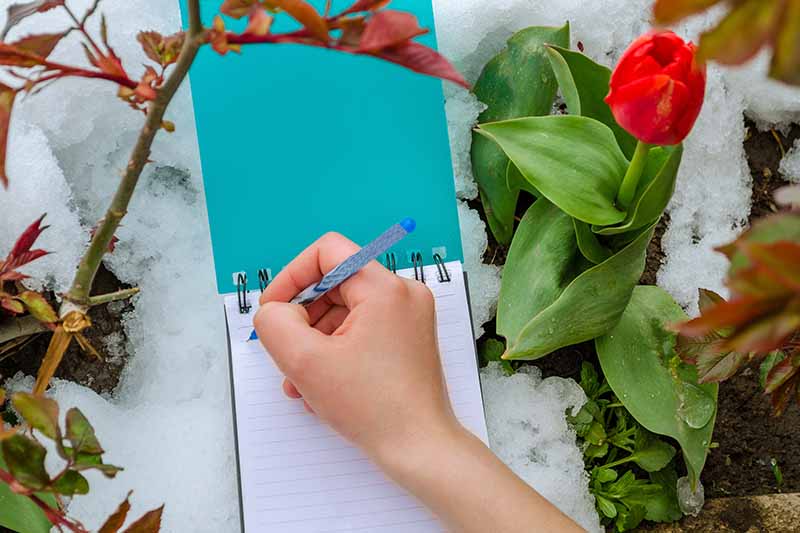
By now you've probably started thinking about how exactly you'd like to use your gardening journal and what style would work best for you, so let's start exploring seven of the best options that I've found.
1. The Garden Journal, Planner, and Log Book
Our first selection is "The Garden Journal, Planner, and Log Book" by Joy Kieffer, published by Hidden Cache Media.
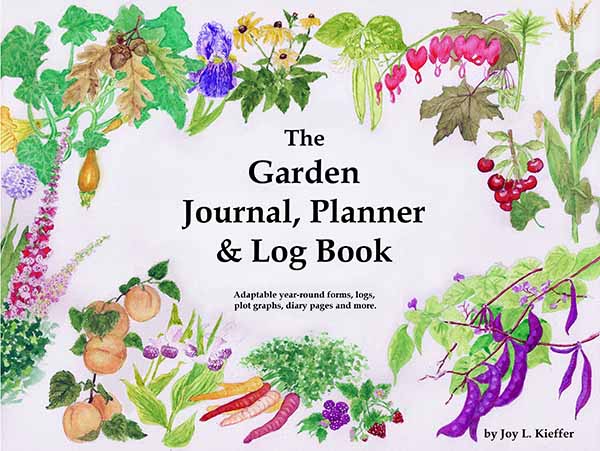
Garden Journal, Planner, and Log Book
When Kieffer realized she wasn't doing a good job of keeping track of her plantings, relying on her memory alone, she started looking into options for keeping good records.
Unsatisfied with the choices available, Kieffer decided to design her own gardening journal.
She drew on her diverse background in horticulture, art, the print industry, and her writing skills to create this book, a powerful tool for plant record keeping.
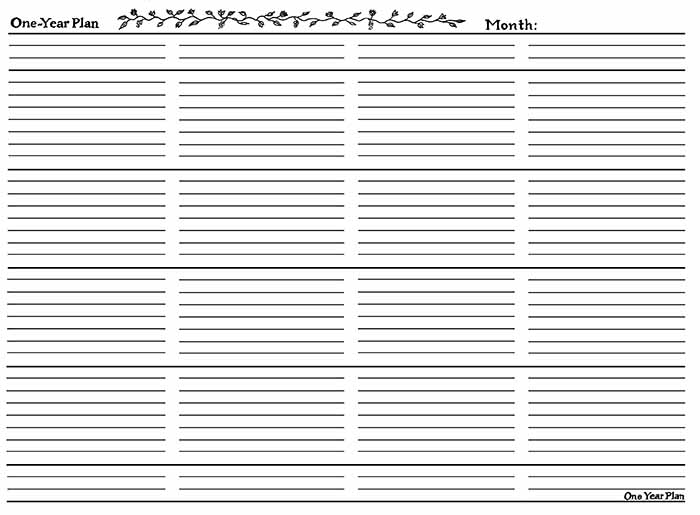
Kieffer's creation contains a multitude of logs for keeping track of individual plants – including annuals, perennials, vines, bulbs, fruit, veggies, herbs, shrubs, trees – and even hardscaping.
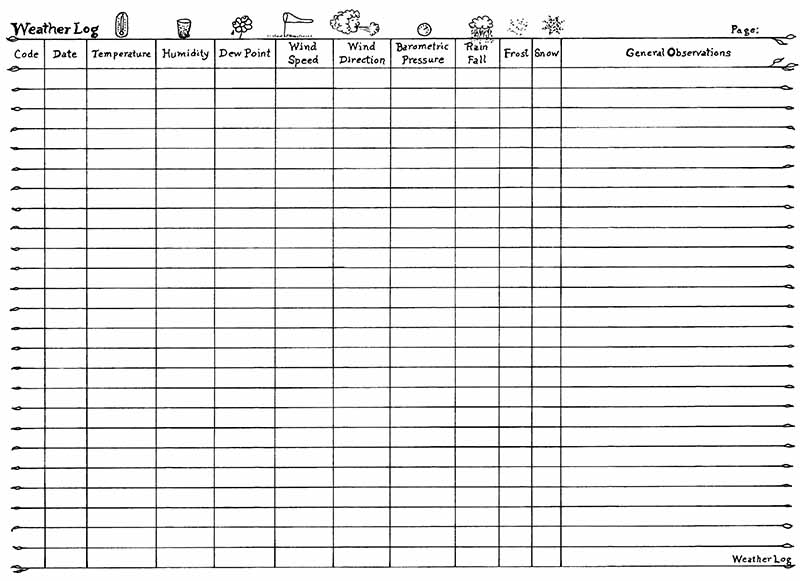
It also contains forms for you to record weather, bloom and harvest times, cultivation and propagation, and any pest and disease problems you encounter, as well as treatments you try.
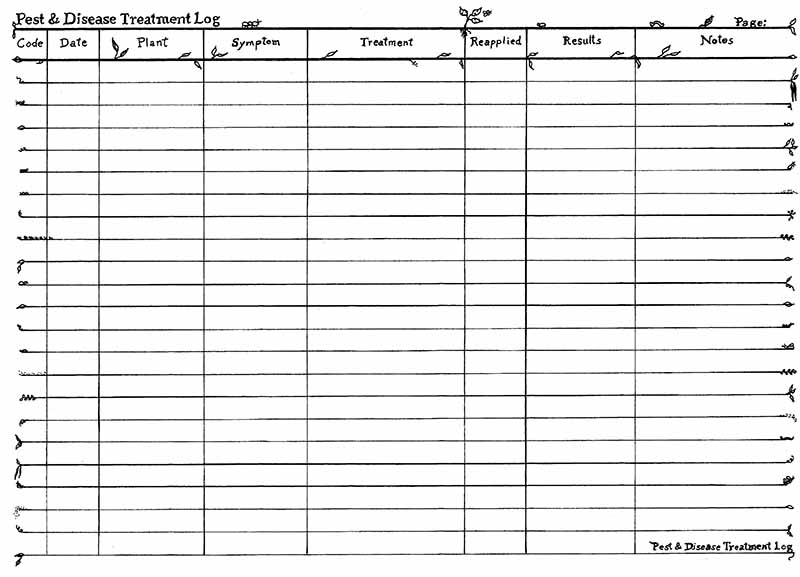
In addition to these many record keeping options, there are pages offering helpful tips and guidance on weather, plant propagation, pruning, pest and disease prevention, as well as soil testing and amendments.
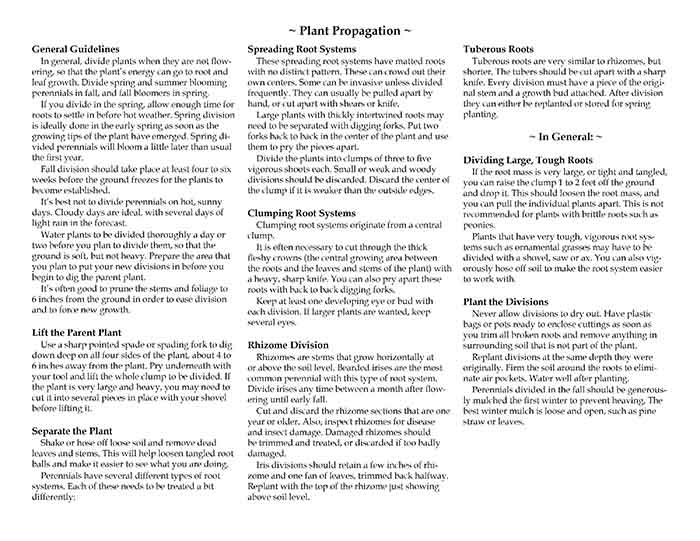
And it contains plenty of graph paper pages – helpful for drawing scaled designs – to design and plan your rows or beds for four years.
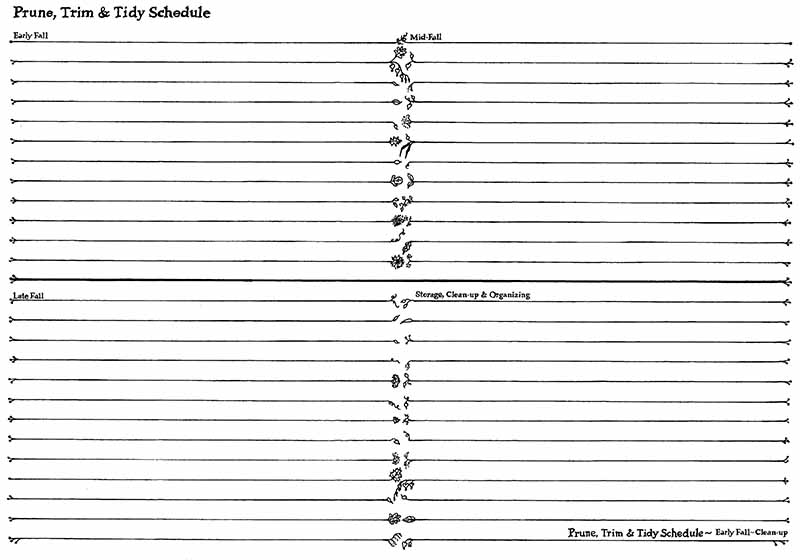
Measuring 8.5 by 11 inches with its binding at the top, this journal opens like a calendar, has 250 pages, and will lie flat – an important feature when you're working on a table full of seed packets and want your notebook to behave.
Because of the vast array of logs in this book, it's best suited to those who are already somewhat experienced, who would appreciate having a convenient and organized way to keep thorough records of their garden adventures.
Joy Kieffer's "Garden Journal, Planner, and Log Book" is available from Amazon.
2. Gardener's Log Book: A 5-Year Planner
The New York Botanical Garden created this next selection, published by Clarkson Potter, entitled "Gardener's Log Book: A 5-Year Planner."
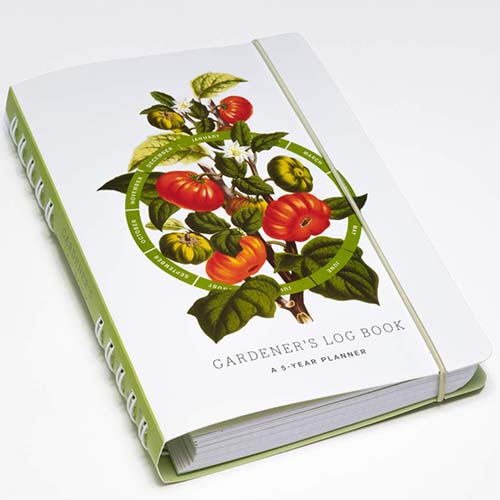
This is an excellent multi-year choice for those who want the flexibility to create their own structure within a journal, and for those who would appreciate seasonal reminders throughout the year.
This planner contains to-do lists in a chart format, so you can check off tasks as you go through the seasons.
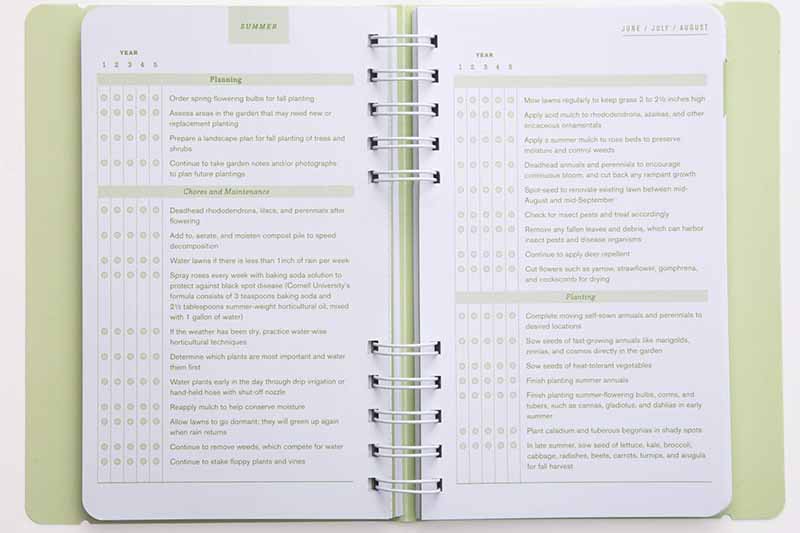
These tasks – including those pertaining to perennials, ornamentals, shrubs, trees, bulbs, houseplants, and annual vegetables – can be compared side by side for a five-year period.
For your planning and design sessions, it has plenty of pages of graph paper, and for note taking, lined pages.
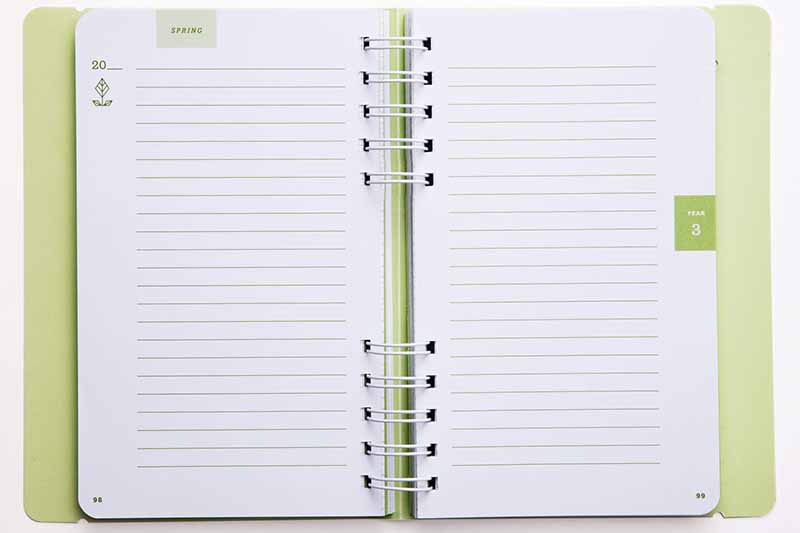
It has a hybrid binding – with a waterproof hard cover exterior and spiral bound interior – making it easy for this planner to lie flat.

As far as guidance goes, it contains appendices with information on composting, growing in containers, pruning, and pests and diseases – and a plant hardiness map for the US.
Its dimensions are smallish, at 5.3 by 7.6 inches.
It includes 240 pages and comes with an elastic closure – a feature that is especially useful when you are in the habit, like I am, of placing seed packets and slips of paper or photos that you've saved inside.

Gardener's Log Book: A 5-Year Planner
Since this choice is not heavily guided, it would be well-suited for those who already have some experience and who prefer creating their own note-taking structure.
The "Gardener's Log Book: A Five-Year Planner" by the New York Botanical Garden is available via Amazon.
3. Moleskine Passions Gardening Journal
The "Moleskine Passions Gardening Journal" by Moleskine will be a familiar sight for fans of this stationery brand, and can be used for multi-year recording and garden planning.
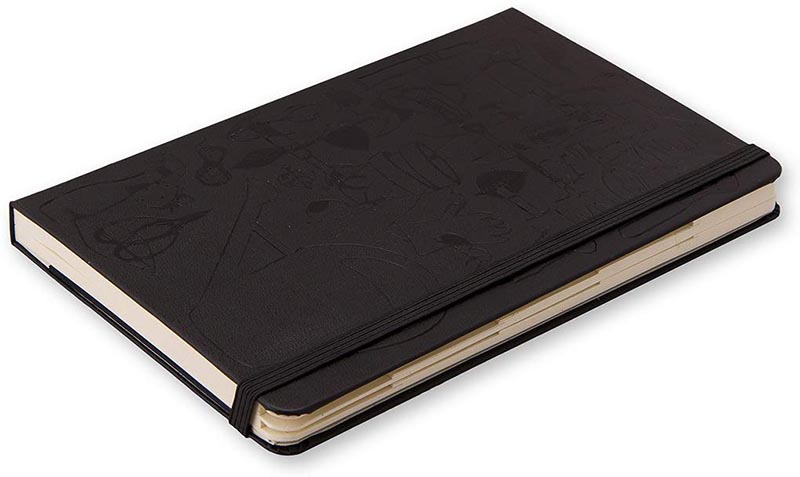
Like others in the Moleskine "Passions" series, this journal comes with tabbed sections, high quality paper, an expandable double inner pocket, and an elastic closure.
This journal is organized into ten sections. It contains five themed sections, and an additional five blank sections that you may use as you wish.
The first themed section is dedicated to keeping records for individual plants, where you can include information such as USDA Hardiness Zones, water and sun requirements, and months of interest.
There are enough pages for listing 49 different plants.
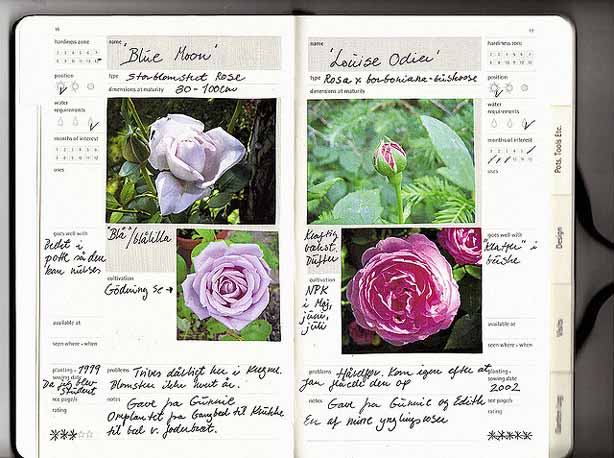
The next section is intended for keeping records of tools that you've acquired, and other purchases.
There is also a section for sketching designs with the help of a grid, a section for writing about visits to inspirational gardens, and a section to record growing conditions, such as temperatures and rainfall.
The additional five blank sections have different templates that can be used to create your own planner, drawing additional designs, note taking, sketching plants, or pasting in photographs.
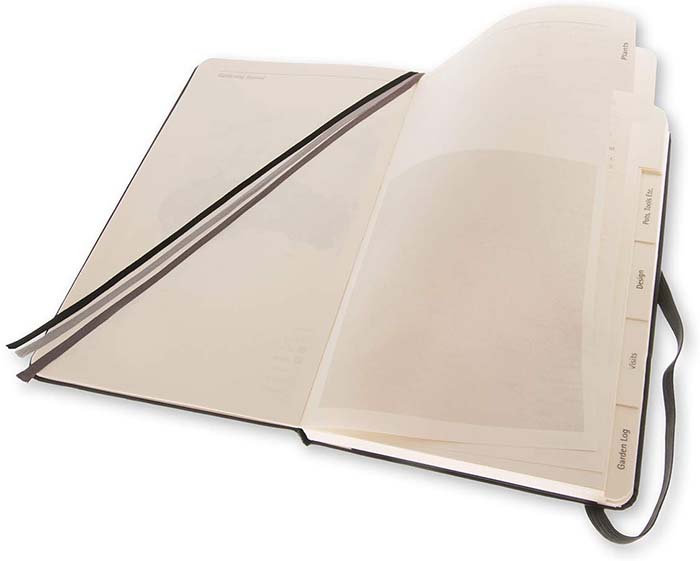
There are blank pages bordered with gridlines in case you want to create more grid space, a section of ruled pages for journaling, a section of pages divided into five equal horizontal spaces, and a section of blank pages for photos or sketches.
Stickers with corresponding names – and blank ones too – are also included, for labeling your self-created sections.
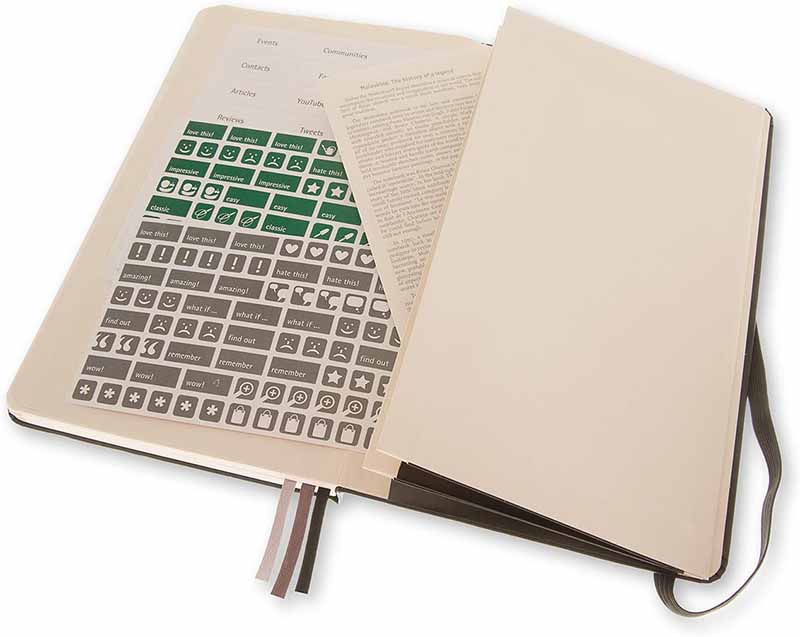
The back of the notebook contains an index with pre-printed page numbers, making it easy for you to fill in with your personalized entries.
A small section of growing guidance at the beginning of the book includes worldwide hardiness zones, and horticultural information that may not be of much use to the casual veggie grower, but which will please the botany geeks among us.
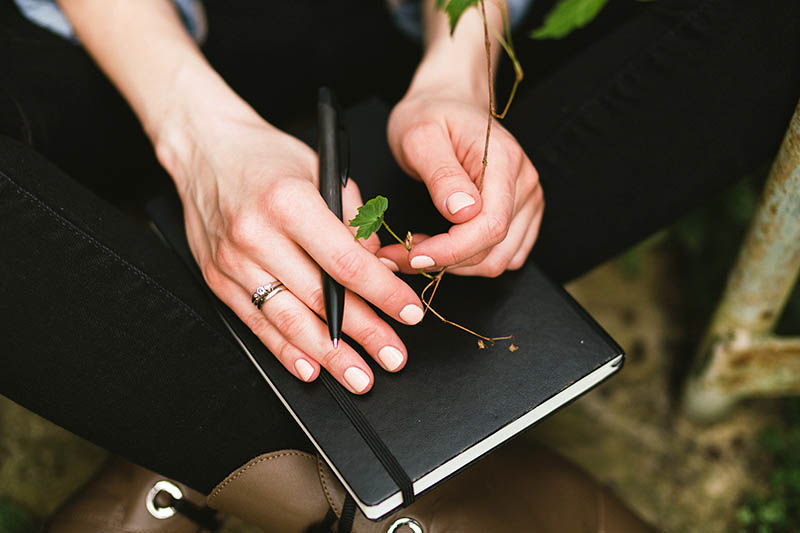
Moleskine's sturdy construction allows this notebook to easily lie flat without breaking the binding, and it has not one, but three bookmark ribbons, to mark the sections or pages you refer to frequently.
This notebook has a hard cover and is made with acid free, FSC certified paper.
It comes in a slim size at 5 by 8.5 inches, making it easy to tote around, and it contains 240 pages.
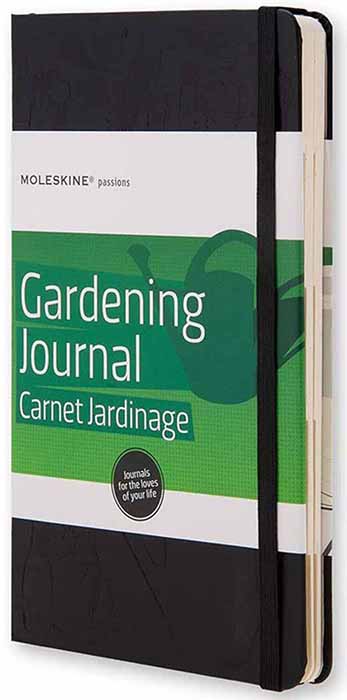
Moleskin Passions Gardening Journal
Because gardeners are free to personalize much of the contents of this journal, it's best suited to those with some previous experience, and useful for those who wish to keep track of ornamental specimen plantings such as perennials, trees, and shrubs, in addition to planning out a potager or kitchen garden.
The "Moleskin Passions Gardening Journal" is available from Amazon.
4. My Gardening Handbook
A selection hailing from Great Britain, "My Gardening Handbook" is a nice choice for the sustainably minded, as its pages are made from recycled paper.
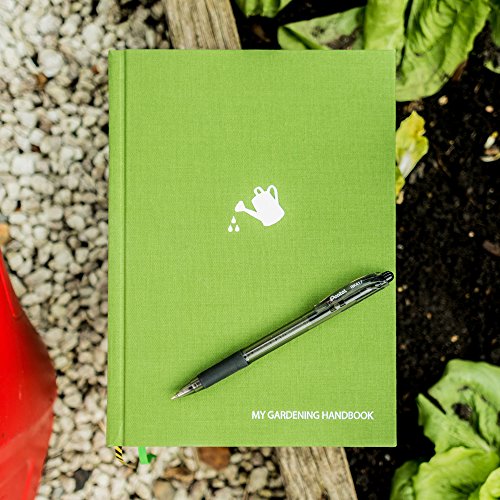
My Gardening Handbook
It has plenty of room for keeping records of individual plants – ideal if you are planting ornamental perennials, shrubs, or trees, or if you want to keep tabs on your houseplants.
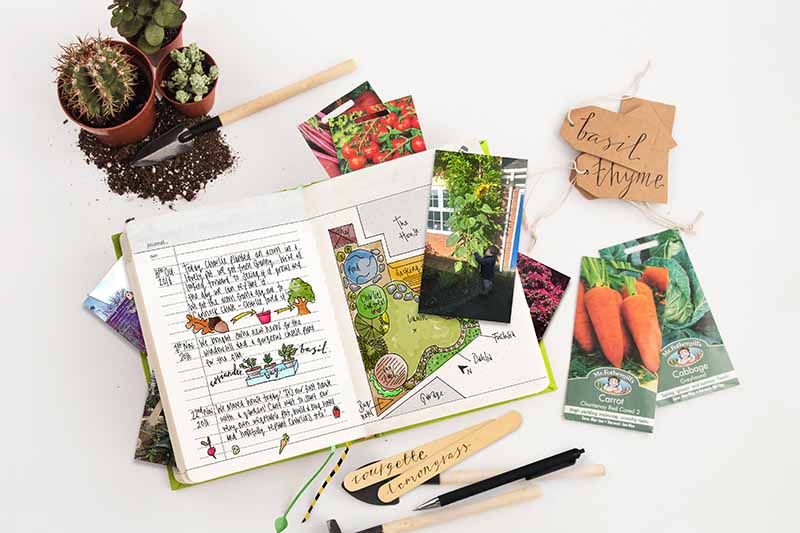
It contains a glossary of terminology, graphics to help you recognize commonly used tools, a list of edible plants and flowers, and other tips – making this choice very useful for beginners.
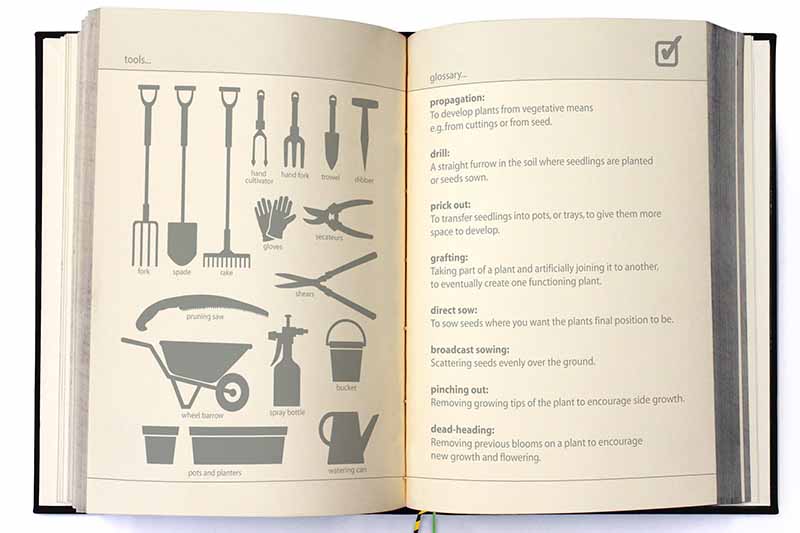
Have you ever visited an arboretum and wished you could replicate what you saw at home? This journal has dedicated pages for noting visits and inspirations.
And since the end game of growing plants is often getting food into your mouth, it also has pages for jotting down recipes made with your homegrown produce.
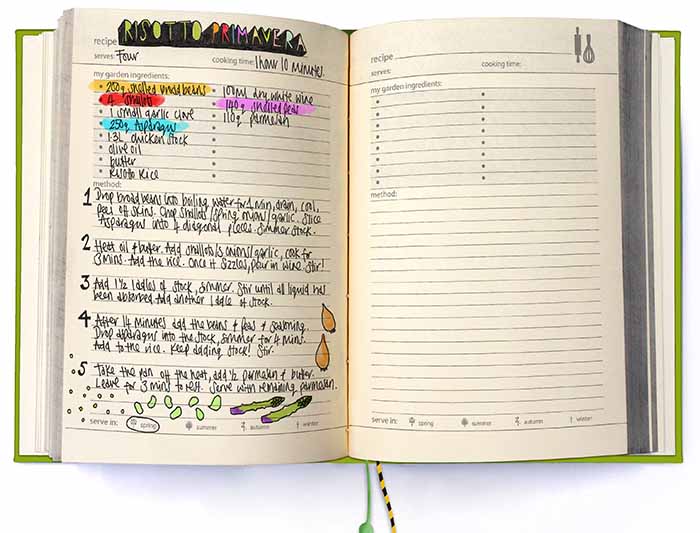
A hefty, hardcover option that lies flat, it contains 300 pages, is made from recycled, acid-free paper, and measures 6.5 by 9 inches.
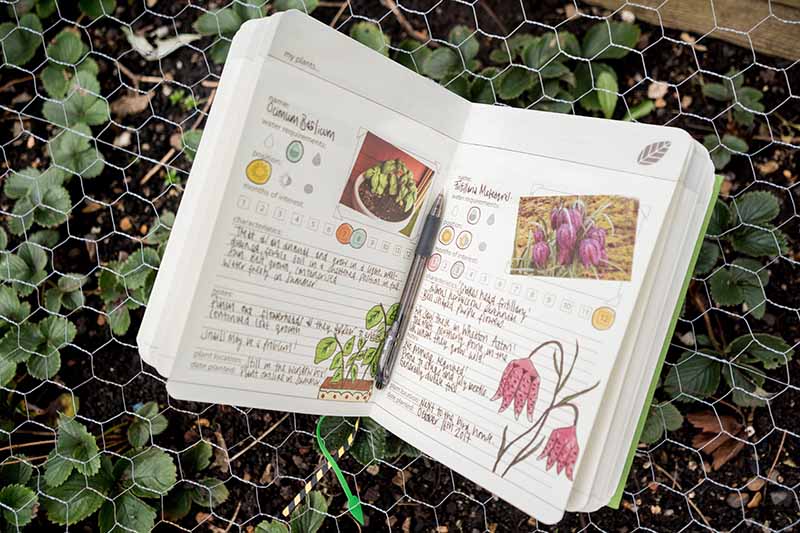
With helpful tips and plenty of room for planning, designing, and note taking, this is a great option for gardeners at all levels, including beginners.
"My Gardening Handbook" by Suck UK is available with a green or black cover from Amazon.
5. My Gardening Journal
"My Gardening Journal," published by Quiet Fox Designs, is a simple journal with a cute design that covers four years in the garden.
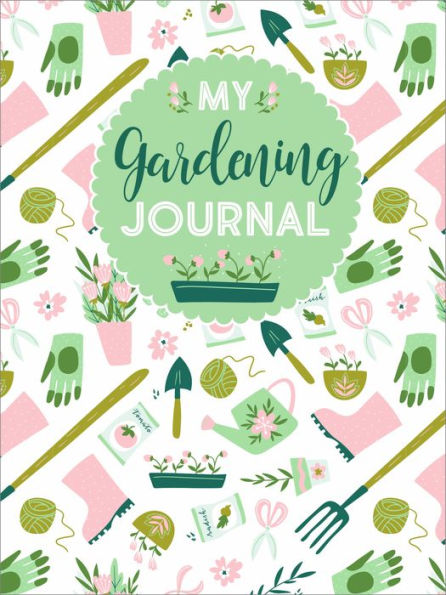
My Gardening Journal
The bulk of the book is dedicated to individual plant logs. You can write in the history of a plant, pest problems, bloom, harvest, and yield information for up to 55 plants – with four years' worth of logs per plant.

There are graph pages for mapping out four years of designs, each accompanied by a page to record goals, soil, weather, pests, and reflections for the year.
The space dedicated to this is fairly limited and would be best suited to a smaller growing setup.
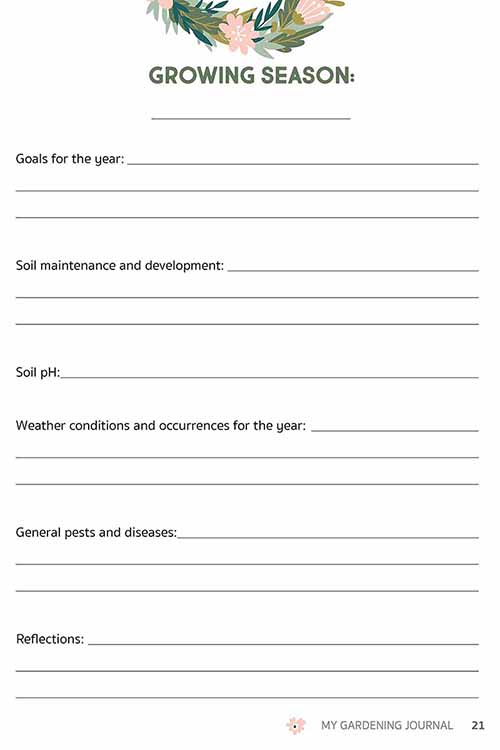
There are also a few additional lined pages for notes, and a few blank pages intended for sketches or photos of plants.
It contains logs for keeping records of your compost, the sun (to track areas of full sun, partial shade, and shade), and any pest and disease problems.
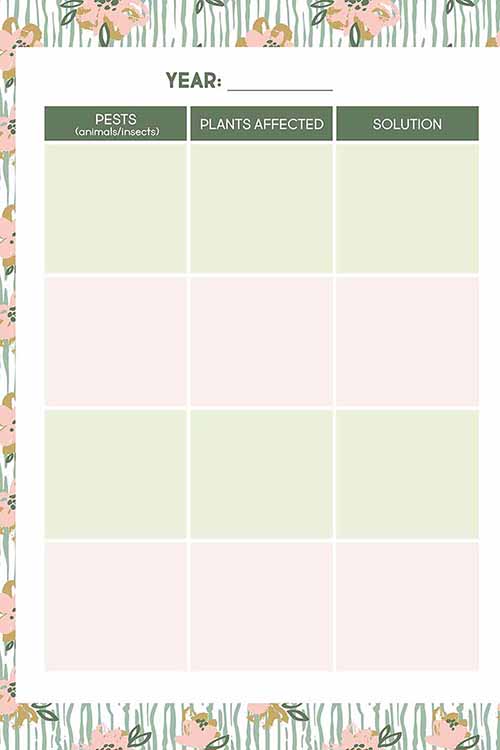
This journal includes some helpful information as well – such as hardiness zone maps for the US and Canada, a tools checklist, and companion planting information.
It is decorated with cute botanical illustrations and inspiring quotes throughout, and includes an elastic closure.
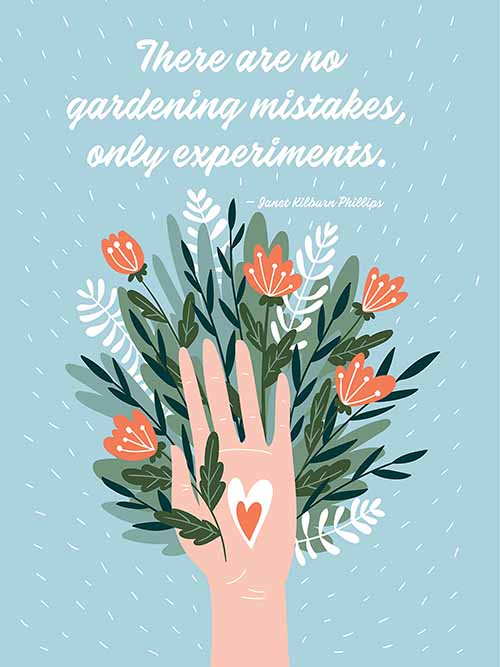
A small-sized option, it measures 6 by 8 inches, contains 160 pages, and is printed on acid-free paper. This book does not lie flat easily on its own, so you will need to weigh it down or hold it open when you're using it.
With its focus on record keeping for individual plants, this is a good option for those who wish to track their ornamental or edible perennials, trees, or houseplants.
It's also a nice choice for beginners who are getting started with growing vegetables or herbs in containers, or in a small number of raised beds.
"My Gardening Journal" is available at Amazon.
6. RHS A Gardener's Five Year Record Book
Here's an option for the green thumb who doesn't require additional guidance, and already knows what they need to write down: "A Gardener's Five Year Record Book" by the Royal Horticultural Society.
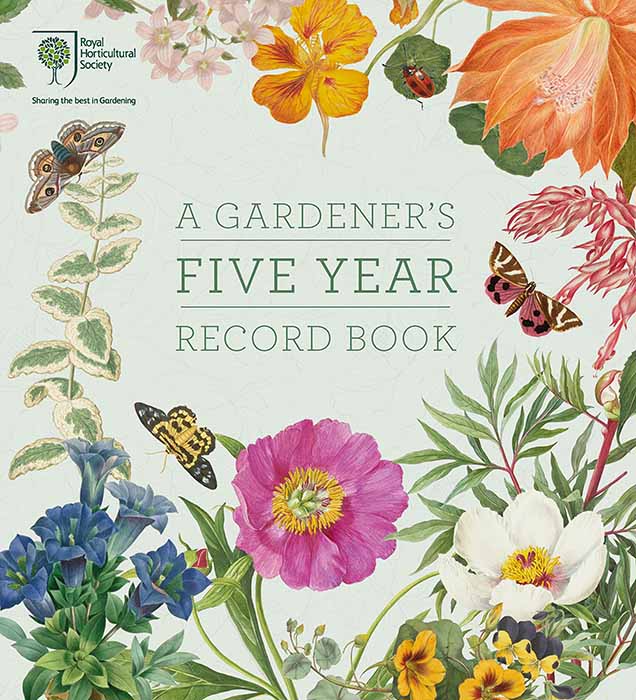
A Gardener's Five Year Record Book
The bulk of this book is comprised of weekly planners designed for use over five years, where you can record weather, plants in bloom, tasks, and additional notes.
Information is recorded week by week in a table format, making it easy to compare notes over a five-year period.
It also contains sections where you can list plants to buy, plant suppliers, addresses, and gardens to visit. If you run out of room in these formatted sections, there is an additional section at the back containing blank pages that you can use as you wish.
This record book is adorned with beautiful botanical illustrations from the Royal Horticultural Society's library, dating from the 17th and 18th centuries.
It contains 144 pages, has a larger format at 8.4 by 9.3 inches, and is flexibound, allowing it to easily lie flat. It also has a ribbon bookmark to hold your spot.
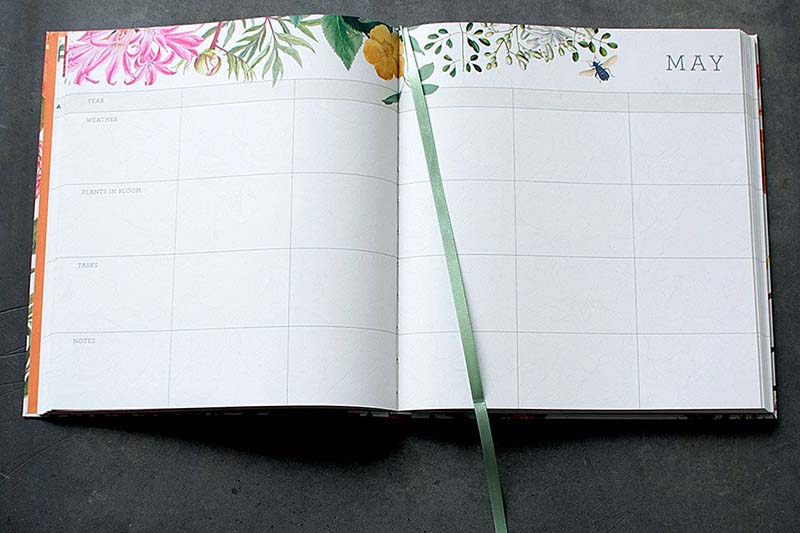
With its elegant illustrations and streamlined record keeping system, this would be a wonderful gift for a seasoned plant grower, particularly one who specializes in ornamentals, such as orchids.
You can find "A Gardener's Five Year Record Book" by the Royal Horticulture Societyvia Amazon.
7. A Year in the Garden: A Guided Journal
"A Year in the Garden: A Guided Journal" was created by sibling duo Nina and Sonya Montenegro, who are based in Portland, Oregon.
The two live and work on an organic farm, and together they created this artistic and heartfelt means of recording and planning one's growing experiences.
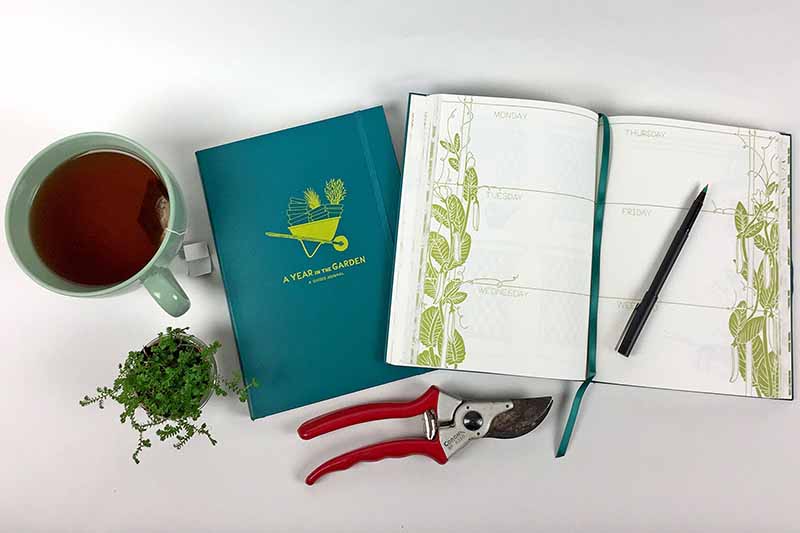
This option is wonderful if you'd like a single-year journal with a very strong, guided structure, and a creative design – in fact, it is one of the most beautiful journals I've ever come across.
"A Year in the Garden" is organized into months, and so is very helpful as a planner. It has blank monthly calendars where you can write in tasks or accomplishments, weekly planners, and monthly trackers.
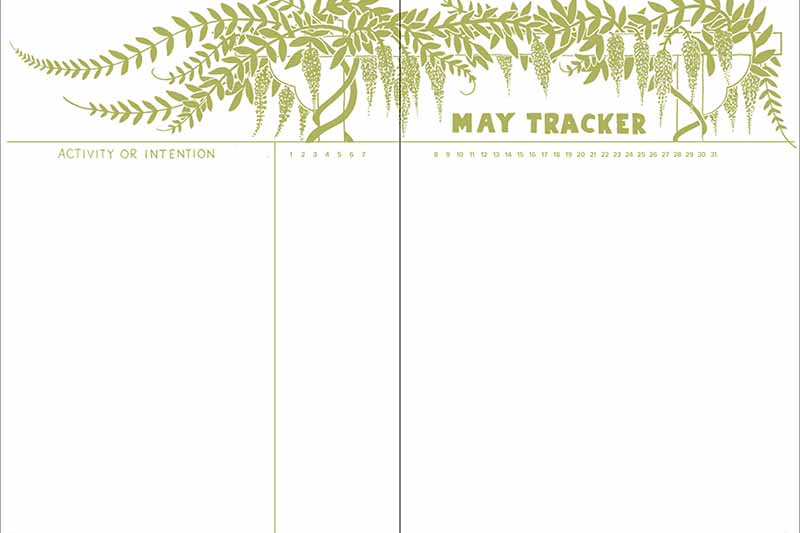
It also contains helpful reminders each month – though these are oriented more for those in northern climates, fitting with the authors' location in the Pacific Northwest.
It contains pages with dot grids for designing your garden layout, as well as plenty of blank pages for note taking.
Each month comes with prompts, not only on tasks or plans to complete, but with questions compelling the user in more contemplative ways, turning this into a place for reflection as well as for keeping records.
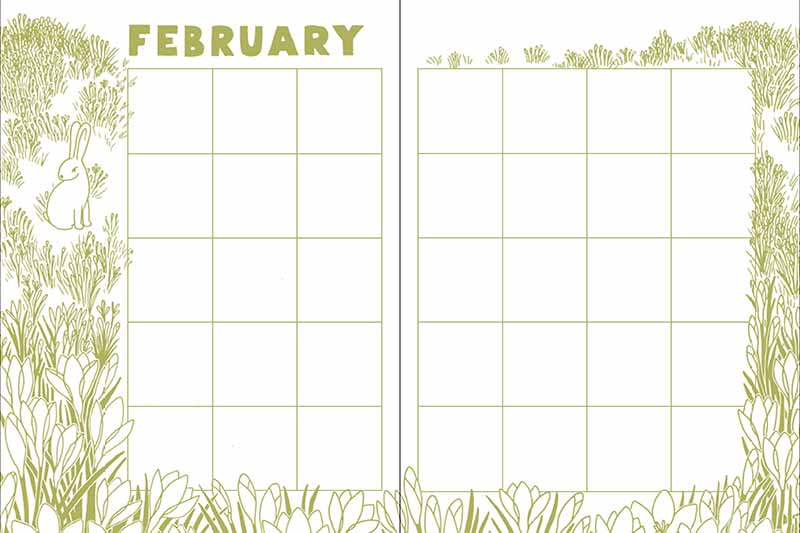
There is a ribbon marker for you to bookmark your spot, and an elastic closure to keep the notebook closed.
If all of the helpful features of "A Year in the Garden" weren't already enough, it can do double duty as a coloring book – the beautiful illustrations throughout are designed to be colored, so that you can truly make this journal your own, or experiment with colorful layouts and pairings for use in your own garden plots and beds.
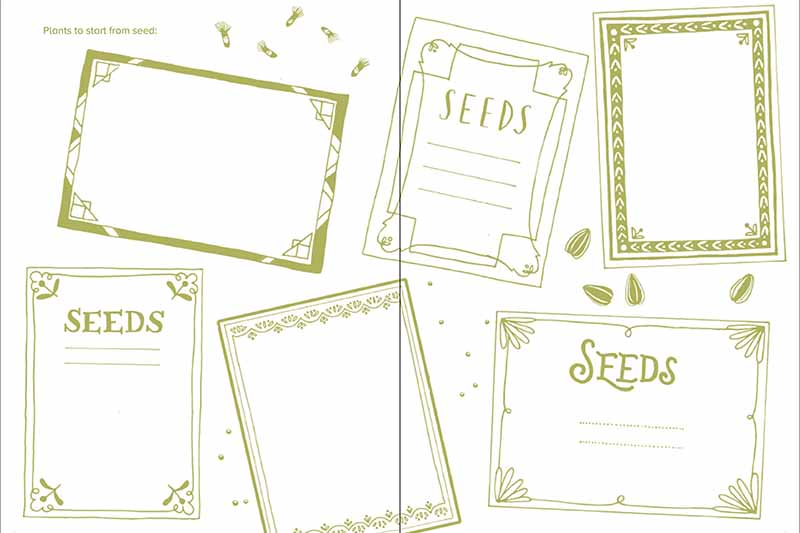
The book has 272 pages and its dimensions are 6.8 x 9.2 inches, making it a bit narrower and longer than a standard composition book. The binding will allow the book to lie flat.

A Year in the Garden
This is a great option no matter your level of experience – ideal for both the beginner and the more seasoned gardener who wants to dig more deeply into their plant growing.
"A Year in the Garden" from Timber Press is available from Amazon.
Three DIY Bonus Options
While the options described above are extremely useful, not all gardeners are looking for a formatted journal. Some of us like the flexibility of using a notebook, and creating our own systems of record keeping.

For this purpose, notebooks filled with either blank pages or graph paper are ideal. Here are some of my favorites for creating a DIY garden journal:
1. Roaring Spring Recycled Composition Book
A graph paper composition book is extremely helpful when it comes to laying out a garden design. You can use each square of the grid to equal as many feet as you need for a scaled design.
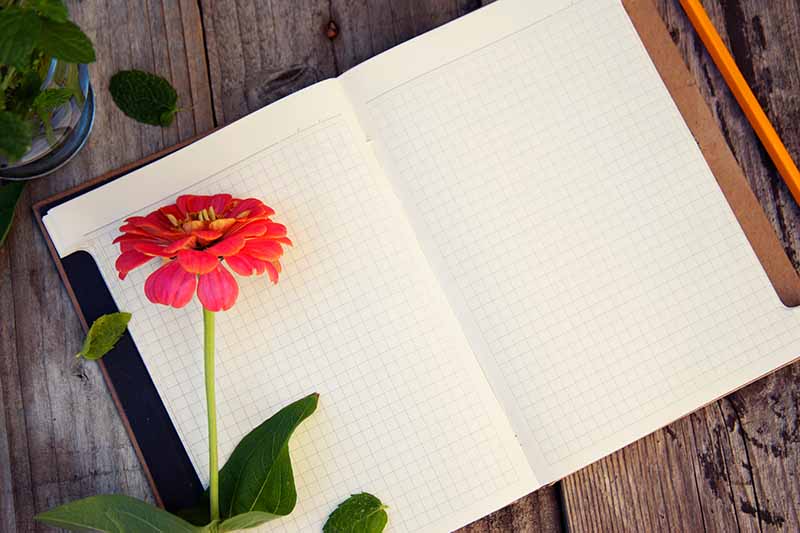
This composition book has 160 pages and the paper is partially recycled, containing 30% post-consumer waste.
On the downside, the paper is only 15-pound weight, so there may be some telescoping or bleeding through onto the backs of pages if you're writing with anything other than a pencil. Of course, colored pencil makes a nice option for garden design, and that will work well here.
The binding is center sewn and holds up well to the wear and tear that comes with being lugged in and out of doors – and it is easy to lay down flat on your work surface.
It's a standard size composition book at 9.75 x 7.5 inches, but has a more robust feel to it than most ordinary composition books I've encountered.
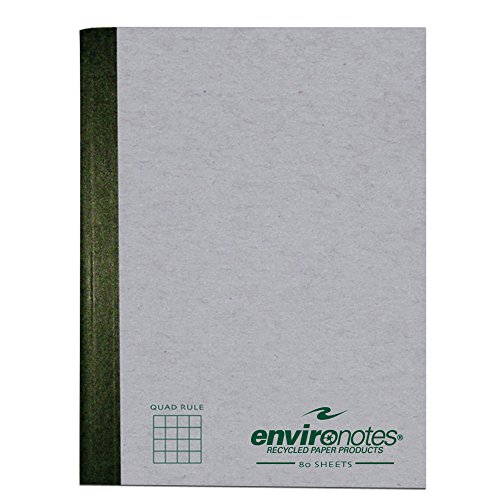
Roaring Spring Recycled Composition Book
This is a good DIY option for those who want the freedom to organize their own records, rework designs, and generally treat this notebook as a planning tool rather than an archival record.
The Recycled Composition Book from Roaring Spring Paper Products is available at Amazon.
2. Big Black Bee Brown Kraft Bogus Pad
If you have a large garden space like I do, it can be really helpful to have a larger notebook to do your planning in.
I'm a big fan of the Bee Paper Company's products. They have all sorts of beautiful sketch pads available, many of which are made from 100% recycled paper.
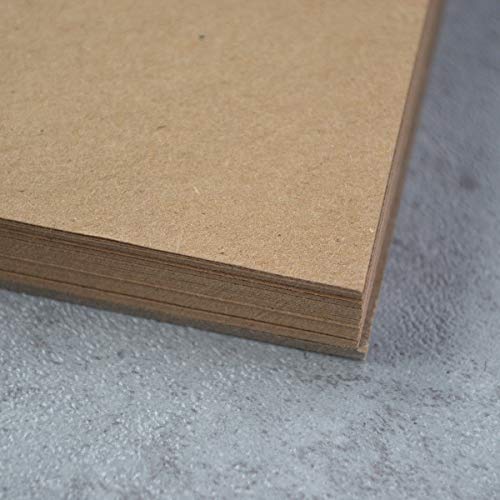
This one in particular is a great option for a homemade garden journal. The Bogus Pad has 100 blank pages made of heavy, 70-pound, 100% recycled brown kraft paper.
Yes, that's right, the paper in this one is brown, kind of like those brown paper grocery bags.
After all, whoever said that paper had to be white? An unbleached option makes a lovely backdrop for all of your garden hopes and dreams.
I also like the square shape of this sketchbook, which measures 9 by 9 inches. The extra width, in comparison to other options, comes in handy for making notes alongside sketches of your garden beds.
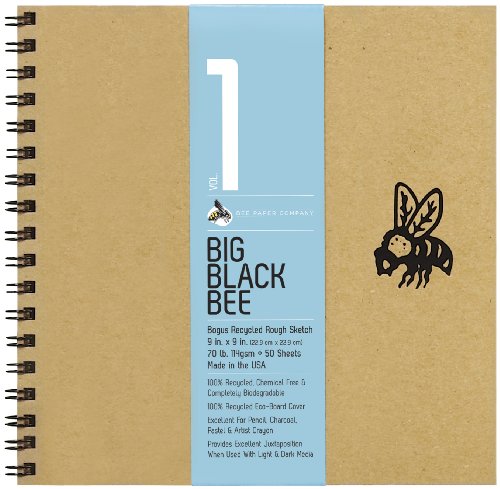
Big Black Bee Recycled Brown Kraft 9×9" Bogus Pad Sketchbook
And it's double spiral bound, so it is easy to lay flat.
The Bogus Pad would work well for someone who doesn't need or want gridlines getting in the way of their garden planning.
Big Black Bee Brown Kraft Recycled 9×9-inch Bogus Pad sketchbooks from the Bee Paper Company are available via Amazon.
3. Rite in the Rain All-Weather Universal Field Book
If you are the really rugged type who wants something that will hold up to your outdoorsy lifestyle (or a little neglect), a weatherproof option might be what you need.
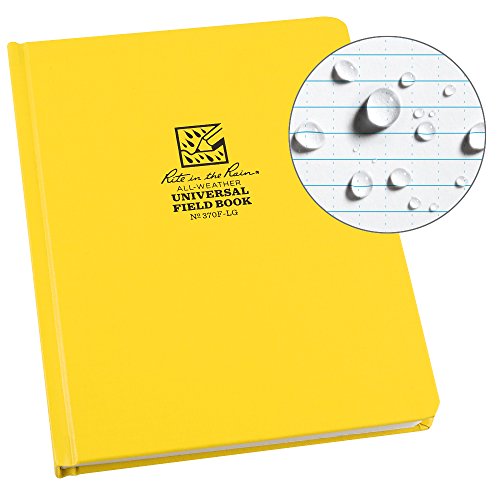
Rite in the Rain All-Weather Universal Field Book, No. 370F-LG
You won't have to worry about an accidental spray from the hose if you have this weatherproof notebook at your side.
You can even write on the pages with pencil or ballpoint pen when they are wet.
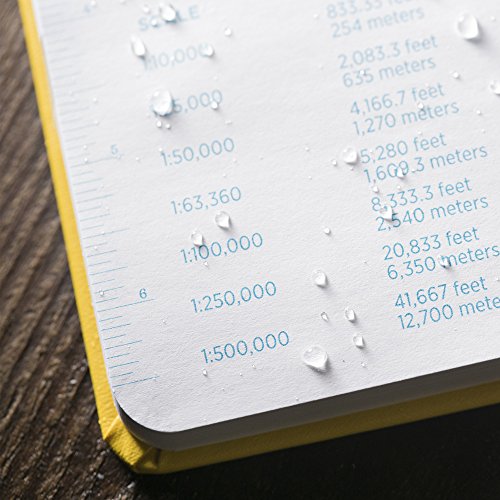
The pages of this notebook feature a very flexible universal pattern, which you can use as either lined paper or graph paper.
It also includes a reference section with Imperial and metric rulers, handy for tracking plant height and spread or the dimensions of your crop yields, as well as a conversion table and map scale.
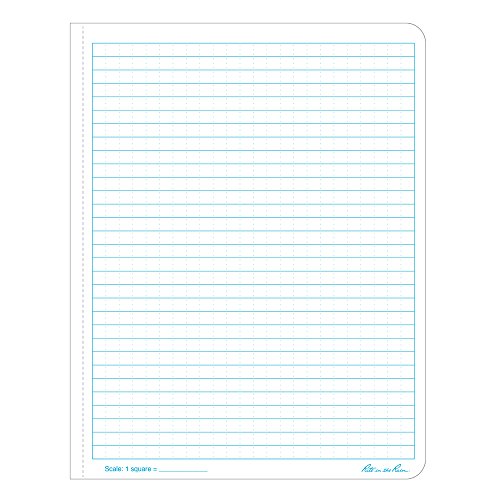
The waterproof and recyclable paper is archival quality and should last hundreds of years – so you can pass down your garden notebooks to your great-great-grandchildren!
With 160 pages, this hardcover book has a Fabrikoid artificial leather cover with rounded corners, and sewn-in pages. It measures 6.75 by 8.75 inches, and will lie flat when open.
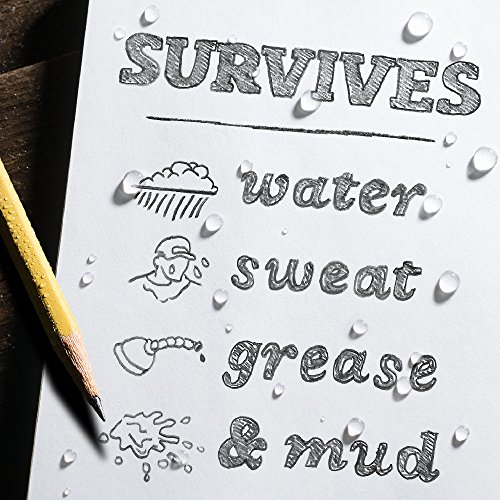
This DIY option is perfect for those who want a tool that will stand up to the elements, from springtime showers to sweaty summer days and sprinkler runs.
The Rite in the Rain Weatherproof Notebook comes in black, blue, gray, brown, green, tan, and yellow and is available from Amazon.
When I first started growing my own vegetables, herbs, and flowers, I started big – with twelve 4-by-4-foot raised beds to plant in. With so many beds, I had to have some way to plan my crops and keep track of which variety was planted where.
I first started tracking my plantings on pieces of loose leaf paper – drawing out a map of my beds and making notes alongside my sketches – and I kept these pieces of paper in a binder.
But after a couple of years, I switched to a notebook, which was easier to carry outdoors for taking notes while inspecting my plants.
It was also more convenient for keeping track of the other bits of information I wanted to record – such as pest problems, weather oddities, and bloom and harvest times.
These days, my garden journal is as important a tool to me as my hori hori knife – and one I use year round.
And since I'm gardening in the same site year after year, my notes give me an overview of both growth throughout the current year, and multi-year growth and changes.
I use my notebook to keep track of my extensive seed inventory, and winter is the time when my inventory gets updated – I cross off those that have been used up and write in any new ones I haven't used yet.
Using this inventory, when I plan my January seed purchases, I have a list of all of my seeds in one convenient spot.
This makes it easier to see what types of seeds I need to buy, and which I already have in stock. I can also track when I've purchased or saved them, and how long they will typically remain viable.
Once I have a complete list of the varieties I will be planting during the year, I use my journal to start planning what I'm going to grow in spring and summer – and where.
I sketch out a rough plan of my design for the year to start visualizing my nascent garden, referring to the notes in my journal from the previous year to make sure I include any needed improvements – such as necessary crop rotations, adding new beds or rows, or decommissioning ones that have become too shady since the trees have grown.
Then I make lists of the seeds I'll be starting indoors, and schedule when they need to be started.
And when I start seeds indoors in late winter, I keep a record of which types I start and how many I sow, so that I can determine the germination rates I'm getting from each variety.
In early spring, I start adding specific details to my garden design – such as how many different kale cultivars I'll include and where I'll plant them – so that when I'm ready to plant, all I have to do is refer to my design.
When I add these specifics, I page back to my designs for the previous few years, so that I can make sure to rotate crop families that are prone to the same diseases or pests – like veggies in the nightshade, cabbage, carrot, and squash families.
Once I get my cool season crop seeds in the ground, I like to keep notes on which peas and radishes push their brave little leaves up from the ground first.
I also note dates when trees and flowers are in bloom, so that I can compare this data over the years.
Spring is also the time when I start my yearly harvest tally – and I keep this information in my trusty journal. I write down what I harvest, when, and how much it weighs – and I continue this throughout the growing season.
In summer, it seems all my spare time is spent watering, weeding, harvesting, and preserving – but I always make time to jot down some notes in my journal during the hottest months of the year.
I make note of which plants and varieties are doing well, write down any problems with pests, and mention volunteers, such as borage, tomatoes, or cucumbers that I've noticed popping up in unexpected places.
Having records of previous years' plantings available makes it much easier to identify those volunteers that pop up unexpectedly, so I can more readily identify what to pull up and toss on the compost heap, and what to allow to grow to maturity.
I also try to take the time to make notes on whether I like specific cultivars of certain plants or not.
I usually plant several different varieties of each type of vegetable that I grow, but I can't be sure that I will be able to recall whether I liked a certain type of green bean a few years down the line, or whether it was too stringy – unless I write my impressions down.
Throughout the summer, I also continue to weigh and tally my harvests.
For me, fall is when the last crop of tomatoes, peppers, winter squash, and dried beans are brought in, and it's time to add up my annual harvest tally.
In addition to allowing myself to indulge in feeling some well-earned pride over how many pounds of food I was able to grow, keeping a running tally allows me to see which crops and varieties were abundant, and which weren't.
This way, I can start planning corrective measures for next year's garden, taking into consideration all of the various elements at play, examining what worked, and what didn't.
And when the temperatures begin to dip, I also write in the first light frost date and the first killing frost – and I consider this to be the start of a well-earned break from the garden before planting begins again.
Your Dirt Diary
Whether you are a novice gardener or a pro, prefer a structured format or a freestyle one, are interested in record keeping only or also want a place to record the deeper thoughts that come to mind when you're digging in the dirt (or as soon as you return to the indoors!), you should have no trouble picking a journal from our roundup to be your constant companion as you grow.
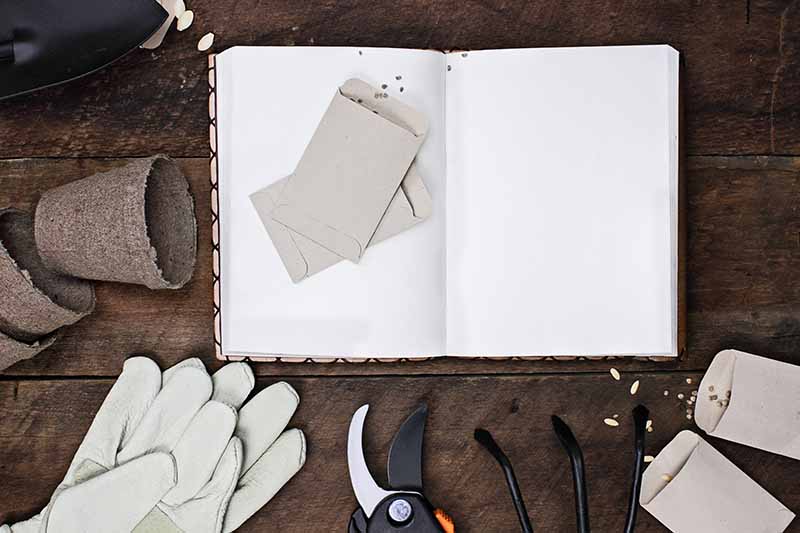
Are you starting a journal for the first time, or thinking about upgrading your current record keeping system? Let me know in the comments and share your tips!
Still feeling a little bookish? Here are a few more book reviews to bring you inspiration and guidance:
- A Review of In Bloom: Growing, Harvesting, and Arranging Homegrown Flowers All Year Round
- Restoring Habitat with Charlotte Adelman and Bernard Schwartz's Midwestern Native Shrubs and Trees
- Celebrating 40 Years: A Review of The Encyclopedia of Country Living
© Ask the Experts, LLC. ALL RIGHTS RESERVED. See our TOS for more details. Originally published on March 10, 2020. [lastupdated]. Photos © Joy Kieffer, reprinted with permission. Product photos via Bee Paper Company, Clarkson Potter, Hidden Cache Media, Moleskine, Rite in the Rain, Roaring Spring Paper Products, Royal Horticultural Society, Suck UK, Timber Press, and Quiet Fox Designs. Uncredited photos: Shutterstock. With additional writing and editing by Allison Sidhu and Clare Groom.
What To Track In Garden Journal
Source: https://gardenerspath.com/gear/gardening-books/best-gardening-journals/
Posted by: slayunty1998.blogspot.com

0 Response to "What To Track In Garden Journal"
Post a Comment